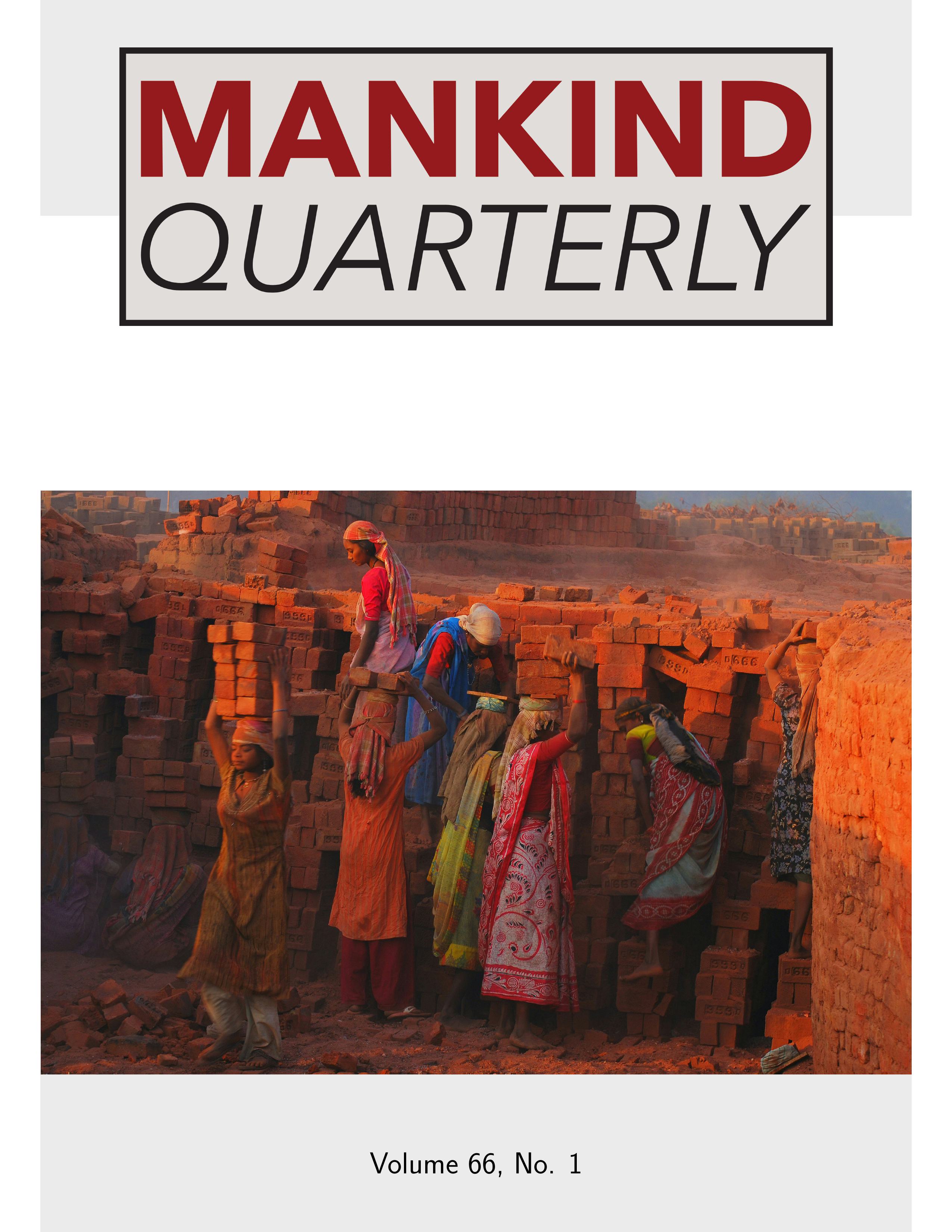Home > Archive > Volume 49, No. 2 > This paper
Group Differences on the Naglieri Nonverbal Ability Test (NNAT)
George Manos
Published: 2008/12/01
Abstract
The claim of the author of the NNAT is that it produces equal proportions of Black, White, Hispanic, and low-income students scoring in the gifted range. The present study involved 392 second grade students from a rural Florida school district who were administered the NNAT in a group format. The testing by the school district was for the purpose of increasing the number of low-income and minority students in their Gifted Program. A cut-score of 115 was used as the criterion for convening a child study team meeting to discuss if a formal intellectual evaluation by the district school psychologist was warranted. Of the total sample, only the Black, White, and low-income subsamples had sufficient students to allow for statistically meaningful comparisons. Mean IQ scores for Blacks (89.0) and Whites (98.1) differed by 9.1 standard score points. Students receiving a free or reduced price lunch (used as a proxy measure for low socioeconomic status) were compared with students not receiving this service. Mean IQ scores for all students on free or reduced lunch status (93.5) and all students not receiving this service (100.6) differed by 7.1 standard score points. Mean IQs of White students receiving a free or reduced price lunch (95.1) and White students not receiving this service (100.6) differed by 5.5 standard score points. Matching Black and White students on free and reduced lunch status reduced the Black-White difference by approximately one-third, or a difference of 6.0 standard score points (89.1 and 95.1, respectively). The results of this study do not support Naglieri’s claim.
Download PDF
